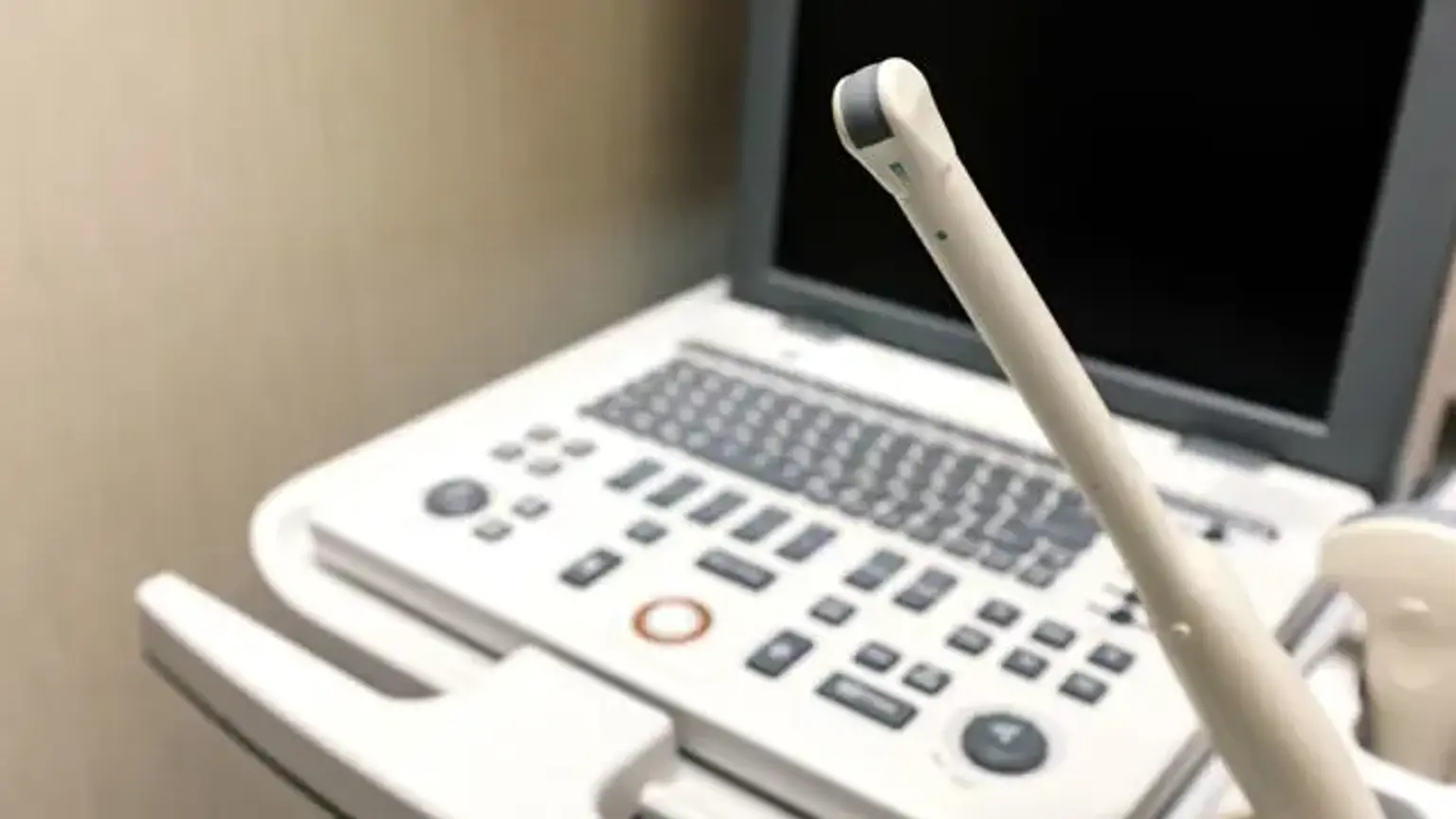Endoscopic ultrasound
Overview
Endoscopic ultrasonography (EUS) allows your doctor to inspect the linings of your esophagus and stomach, as well as the walls of your upper and lower gastrointestinal tracts. The upper tract is made up of your esophagus, stomach, and duodenum, while the lower tract is made up of your colon and rectum. EUS is also used to examine organs close to the gastrointestinal tract, such as the lungs, liver, gallbladder, and pancreas.
Endoscopists are highly trained professionals who welcome queries about their qualifications, training, and experience. Your endoscopist will use an endoscope, which is a narrow, flexible tube with a small ultrasound probe integrated in. The endoscope will be sent via your mouth or anus to the location to be inspected by your doctor. Your doctor will then utilize ultrasonography to make visual pictures of the digestive tract by using sound waves.
